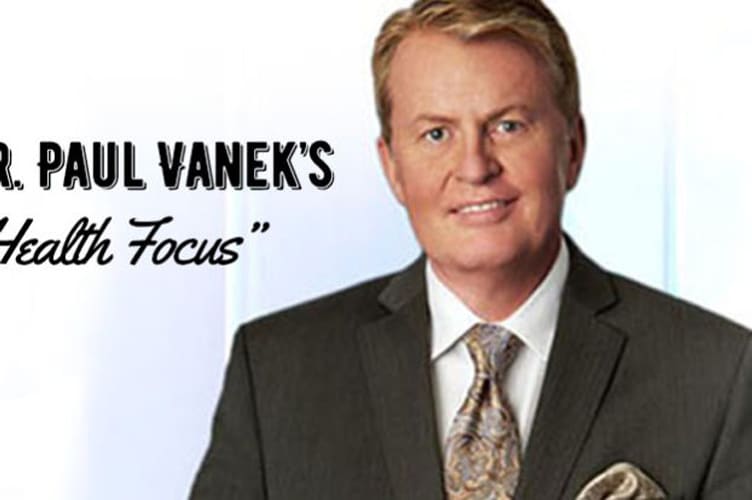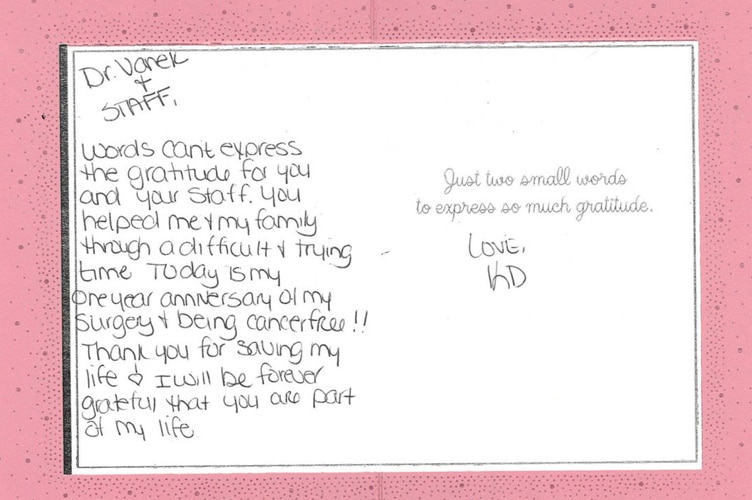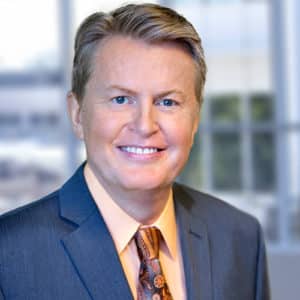By Olivia Bloom
Summer is coming—a return to beaches and parties, bikinis and tiny drink umbrellas. But not everyone looks forward to the bikini part.
Take Hillary L. of Hermitage, PA. This slim, gorgeous 40-something loved everything about hitting the beach with her husband and friends, from snorkeling to boating and hanging out. But one thing had always been missing…well, actually, two.
“There was nothing in my bikini top,” she says. “I had been an A-cup size since my 20s. Clothes never fit right, even with padded bras. I had always thought about enhancing, but never pulled the trigger.”
The motivation came one day when she ran into a girlfriend who had undergone breast enhancement performed by Dr. Paul Vanek.
“She raved about the procedure and his technique for achieving the most natural-looking effect,” recalls Hillary.
She underwent the augmentation the following week.
Uncover the Size You Were Meant to Be
Hillary says that during the “try-on” phase of the consultation, several different sizes of implants were placed in a special bra that she tried on with a white t-shirt.
“Initially, I had planned on going just a little bit bigger,” she says. “But as soon as I tried on the D-cup bra, it felt perfect.”
Dr. Vanek says he urges patients to make their final decision based on how they want to look, not how they think others think they should look.
“Everyone has their own unique esthetic,” he says. “I explain to each person that it’s your body. You are the only person who will live with this decision every minute of every day. I don’t tell them how large or small they should go. We come to that decision together.”
“I Never Would Have Waited…”
During the surgery, Dr. Vanek places highly cohesive, smooth finish gel implants through two tiny incisions beneath each breast to achieve the most natural look. Once placed, they settle into a teardrop shape.
“There was very little discomfort or trauma,” says Hillary. “Within a week, my husband and I were back on a beach in Florida, and I was very happy about what was in my bikini top. If I had known 20 years ago what an easy procedure this was, I never would have waited.”
She says that Dr. Vanek and his staff went above and beyond her expectations.
“They were caring and made us feel comfortable every step of the way,” says Hillary. “It’s a completely non-intimidating environment. Everyone is all smiles. If I ever opt for another procedure, I will be coming back here.”
Noting recent reports that the FDA has been investigating a possible link between textured breast implants and cancer, Dr. Vanek uses only smooth implants for augmentation purposes because there is no association between smooth implants and cancer.
“They have been investigating about 400 reports associated with textured implants, out of more than 5 million women who have had breast implants globally,” he stated. “In the U.S., textured breast implants only make up about 12% of the market. Smooth-finish implants that I use make up about 88% of these procedures.”
In addition to breast augmentations, lifts and reductions, Dr. Vanek performs a variety of esthetic rejuvenation procedures for body and face, including face and neck lifts, brow and eyelid lifts, rhinoplasty, Vaser Liposelection, J-Vaser, Labiaplasty, Mommy Makeovers, tummy tucks, Brazilian butt lifts, lip enhancement, and more.
The Very Latest in Advanced Skin Care
Being the first to bring the latest surgical and medical techniques to the area has always been a hallmark of Dr. Vanek’s career.
He was the first doctor in our area to offer the breakthrough HydraFacial MD.
“This non-invasive facial combines the best of high level hydradermabrasion with a chemical peel,” he says.
“It cleanses, exfoliates and extracts impurities and dead cells, then pumps back into the skin antioxidants, peptides and hyaluronic acid. The result is a reduction in fine lines, wrinkles and blemishes. The appearance of dark spots is reduced and skin feels plumper and firmer. It incorporates all of the detoxification benefits of a peel without any irritation or downtime.”
Afterward, patients report smoother, glowing, nourished skin.
Before any facial, laser treatment or skin care recommendation, he advises patients to undergo a VISIA skin assessment, which provides an objective analysis of their skin’s health. Complimentary to all of his patients, the scan measures wrinkles, spots, pores, color variation, bacterial population and sun damage.
“This helps us measure success in the treatments we choose,” he says. “The results often blow patients’ minds.”
The Very Latest in Non-Invasive Body Contouring
Dr. Vanek was the first doctor in the area to introduce a state-of-the-art minimally-invasive body contouring procedure called truSculpt iD.
“Without surgery or downtime, and with minimal discomfort, radio frequency energy is applied directly to the skin to dissolve hard-to-treat fatty areas and tighten skin at the same time,” he says. “It has given marvelous results, without surgery.”





